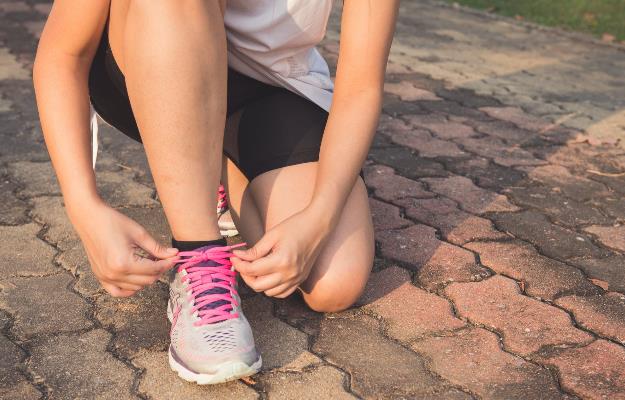Shin splints are a common occurrence among athletes, particularly runners, dancers, and basketball players. The condition is clinically known as tibial stress syndrome, and it occurs when the muscles and tendons surrounding the shinbone become inflamed and overworked. The result is a sharp, stabbing pain along the inner edge of the shinbone, which typically worsens during exercise. If left untreated, shin splints can develop into a more severe condition known as a stress fracture, which can severely limit an athlete's ability to train and compete.

Causes of Shin Splints
There are various causes of shin splints, but the most common is overuse. When athletes increase their training intensity or duration too quickly, they can put excess strain on the muscles and tendons in the lower leg, leading to inflammation and pain. Other risk factors include poor-fitting footwear, flat feet, and imbalances in the muscles of the leg. Additionally, activities that place a significant amount of stress on the legs, such as running on hard surfaces or jumping repeatedly, can contribute to the development of shin splints.
Treatment and Recovery
If you suspect that you have shin splints, it's essential to rest and avoid aggravating the injury further. Initially, athletes should try the R.I.C.E. protocol, which stands for rest, ice, compression, and elevation. Resting the affected area and applying ice packs for 20 minutes at a time can help alleviate pain and reduce inflammation. Applying a compression bandage can also help to support the affected muscles and reduce swelling. Elevating the leg can help to further reduce inflammation and promote healing.
In addition to the R.I.C.E. protocol, it may be beneficial to take over-the-counter pain medication, such as ibuprofen or acetaminophen, to help alleviate pain. If the pain persists or becomes more severe, a doctor may recommend physical therapy to help strengthen the muscles and tendons in the lower leg. Additionally, custom-made orthotics, which provide extra support for the feet, may be recommended to help address any underlying imbalances in the leg muscles.
Prevention
Preventing shin splints largely involves taking measures to avoid overuse and to support the muscles and tendons of the leg. First and foremost, athletes should gradually increase the intensity and duration of their training to prevent excess strain on the muscles. Additionally, investing in high-quality footwear that fits well can help provide extra cushioning and support for the feet, reducing the risk of injury.
Athletes should also take time to stretch and warm-up before engaging in any physical activity. Taking time to stretch the calf muscles, shins, and feet can help to prepare the muscles for exercise and reduce the risk of injury. Finally, it may be beneficial to cross-train with low-impact activities such as swimming or cycling to reduce the strain on the leg muscles.
In summary, shin splints are a common injury affecting athletes, which can severely limit their ability to participate in daily life and sports. However, by taking steps to prevent overuse, investing in high-quality footwear, and taking time to stretch and warm-up before physical activity, athletes can drastically reduce the risk of injury. If you do develop shin splints, be sure to take time to rest and apply the R.I.C.E. protocol, and seek medical attention if the pain persists or becomes more severe. By following these guidelines, athletes can help prevent and recover from shin splints, allowing them to continue to participate in the activities they enjoy.